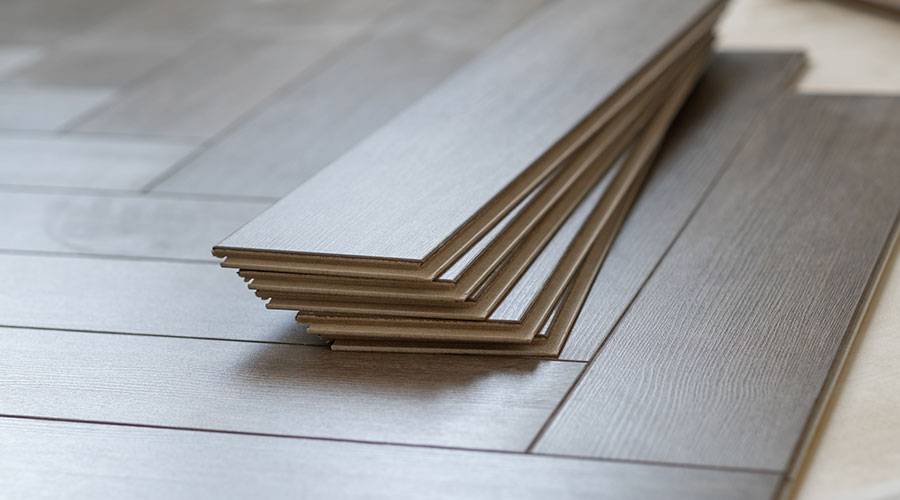Asphalt Roofs Provide Waterproofing for Vegetative Systems
Vegetative roofs, also known as garden or living roofs, are not suitable for all buildings. But they do offer some potential benefits, such as reducing the urban-heat-island effect, managing runoff, improving aesthetics, maximizing space use, providing insulation, and protecting roofs from UV radiation.
Vegetative roofs are similar to inverted roofs, but the growing medium and plant life serve as added insulation for the building.
Experts have studied the benefits of inverted asphalt BUR or modified bitumen systems for decades. They often are excellent choices as waterproofing membranes beneath vegetative roofing systems. Meanwhile, as with aggregate, the soil and vegetation protects the asphalt from harmful UV radiation and extreme temperatures.
Vegetative roofs typically are constructed as a partnership between a roofing contractor and landscaper. In a retrofit installation, for example, the roof consists of a metal deck overlaid with an insulation layer and covered by a polyvinyl chloride waterproofing membrane. The design team might decide to strip the waterproofing membrane and insulation from the existing metal decking.
The steel deck then is overlaid with a dense decking consisting of gypsum boards. Crews then coat the decking with a new waterproof membrane composed of hot rubberized asphalt with fabric reinforcement. The hot fluid — up to 375 degrees — is applied in two coats, with a total thickness of about one-quarter inch. The new membrane adheres directly to the dense decking and forms a seamless monolithic layer.
Vegetative roofs tend to be popular among environmentalists and green building communities, but researchers continue collecting data on the roofs’ useful service life and durability. In the meantime, asphalt BUR and modified bitumen remain primary candidates for waterproofing membranes in such systems.
Related Topics:















